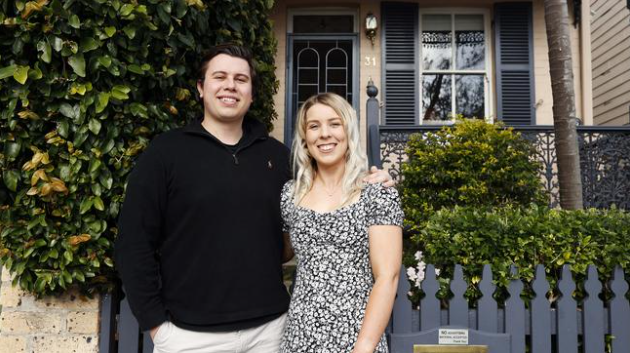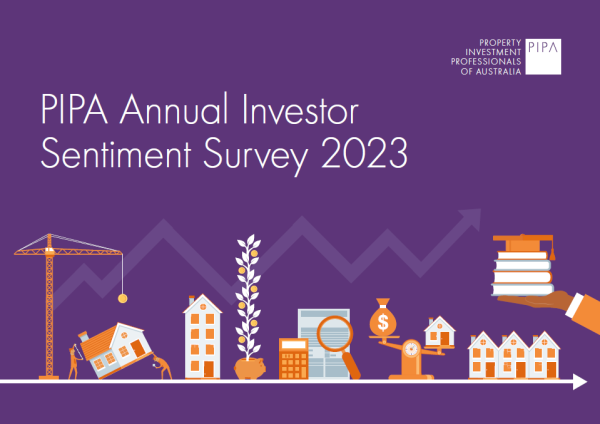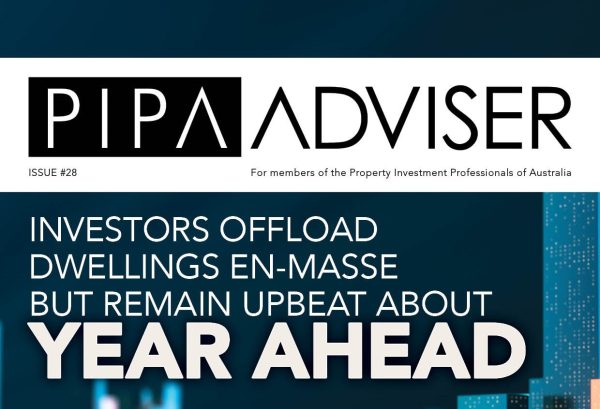10 suburbs under $600K primed for rentvesting
Oct 2021Karen Millers
Categories
Location ReportsMedia releasesNational market updatesPersonal advisersPIPA AdviserPIPA Annual Investor Sentiment SurveysPIPA Member ProfilesPIPA video updatesPIPA webinarsPodcastsProperty advisersProperty newsLatest Articles
PIPA Member Profile | Amanda Turner, Opulence Property
With younger Australians increasingly being priced out of the most desirable suburbs, it’s no wonder many are looking to ‘rentvest’ to not only enjoy a sophisticated inner-city or coastal lifestyle, but also progress their property investment goals.
Rentvesting is a relatively simple concept; buyers purchase in a location they can afford, then lease that property out to cover the mortgage and continue renting in their suburb of choice.
It’s also becoming a common investment strategy for young Australians, against a backdrop of Australian home values rising by more than 20 per cent in the year to the end of September and by much more in some of the most sought-after lifestyle locations.
The latest data from the Australian Bureau of Statistics showed 342,300 Australians were rentvesting in the 2017-18 financial year.
A more recent report from the Property Investment Professionals of Australia suggested that number was likely to rise, with 54 per cent of respondents to its 2021 survey saying they would consider rentvesting as an investment strategy.
Well Home Loans chief executive Scott Spencer said there were several compelling reasons to consider rentvesting, as buyers seek to balance emotional concerns about liveability and security with practical concerns around financial returns.
Research commissioned by Well Home Loans found 21 areas where buyers with a budget of up to $600,000 may be considering buying a unit, but would likely be better off renting.
At the same time, the research, which was conducted by Suburbtrends, found 10 areas where houses were in a similar or lesser price range to those unit markets, while also delivering the same or superior rental yields.
Mr Spencer said for those looking for future capital growth, those units and apartments may not be the best choice.
“Many unit markets in the inner and middle rings of Australia’s major capital cities have high vacancy rates,” he said.
“That’s good news for tenants, but bad news for investors.
“At the same time, there’s a good chance many more units will be built in these areas in the coming years.
“Increased supply would mean reduced demand, which would put downward pressure on prices.”
Areas where it is better to rent than buy
| State | Area | Median sale price for units | Vacancy rate for units | Median yield for units |
|---|---|---|---|---|
| NSW | Parramatta | $550,000 | 5.4% | 4.0% |
| NSW | Canterbury | $520,000 | 5.1% | 3.7% |
| NSW | Blacktown | $550,000 | 3.6% | 3.7% |
| NSW | Newcastle | $550,000 | 1.5% | 4.3% |
| NSW | Tweed Valley | $532,500 | 1.1% | 4.7% |
| NSW | Richmond – Windsor | $530,000 | 1.0% | 3.5% |
| VIC | Melbourne City | $570,000 | 11.6% | 3.8% |
| VIC | Maribyrnong | $560,000 | 7.8% | 3.5% |
| VIC | Stonnington – West | $595,000 | 7.4% | 3.7% |
| VIC | Essendon | $532,000 | 7.2% | 3.6% |
| VIC | Brunswick – Coburg | $575,000 | 5.3% | 3.6% |
| VIC | Dandenong | $515,000 | 3.5% | 3.5% |
| VIC | Casey – North | $520,000 | 1.5% | 3.7% |
| VIC | Colac – Corangamite | $515,000 | 1.4% | 2.9% |
| VIC | Frankston | $520,000 | 1.1% | 3.6% |
| QLD | Brisbane Inner – East | $510,000 | 1.5% | 4.5% |
| QLD | Broadbeach – Burleigh | $560,000 | 1.1% | 4.6% |
| WA | Fremantle | $540,000 | 2.2% | 4.1% |
| WA | South Perth | $505,000 | 1.8% | 4.1% |
| WA | Melville | $520,000 | 1.4% | 4.1% |
| ACT | South Canberra | $592,000 | 1.1% | 4.7% |
Mr Spencer said the areas highlighted above shared similar characteristics; vacancy rates of above 1 per cent, gross rental yields of below 5 per cent, and capital growth rates for units being less than half the rate of houses.
And due to their close to city locations, those suburbs will most likely be areas of high supply in coming years, which would also put further downward pressure on rents and prices.
On the flipside, Mr Spencer said those that consider buying a house in the 10 areas below may be better off.
| State | Area | Median sale price range for houses | Median Vacancy rate for houses | Median yield for houses |
|---|---|---|---|---|
| QLD | Cairns – North | $425k to $835k | 5.0% | 5.2% |
| WA | Augusta – Margaret River – Busselton | $400k to $585k | 3.6% | 4.9% |
| QLD | Cleveland – Stradbroke | $600k to $780k | 6.8% | 4.5% |
| NT | Litchfield | $600k to $740k | 4.7% | 4.4% |
| QLD | North Lakes | $475k to $620k | 7.1% | 4.4% |
| SA | Port Adelaide – East | $450k to $590k | 8.2% | 4.4% |
| WA | Cockburn | $430k to $700k | 9.3% | 4.4% |
| NSW | Orange | $387k to $540k | 3.8% | 4.3% |
| QLD | Capalaba | $545k to $720k | 5.2% | 4.3% |
| QLD | Redcliffe | $490k to $735k | 7.0% | 4.3% |
Those areas feature similar appealing characteristics for property investors; vacancy rates are low, yields are relatively high and inventory levels are tight.
Mr Spencer said those areas were also not likely to experience a big lift in the number of new houses being built, with limited future supply likely to result in increased demand, pushing up weekly rents and home values.
“For some first homebuyers, rentvesting might be an option worth considering,” Mr Spencer said.
“They would get to live in the inner and middle rings of the big capital cities, while owning a house in an area with good long-term growth potential.
“That said, we’re definitely not telling first homebuyers where they should and shouldn’t buy.
“Nothing is guaranteed; some of those unit markets might turn out to deliver strong returns while some of those house markets might end up being poor performers.”
“Also while financial returns are important, so are concerns about liveability and security.”
Dan Wilkie, Australian Property Investor, 7 October 2021
https://www.apimagazine.com.au/news/article/10-suburbs-under-600k-primed-for-rentvesting/




